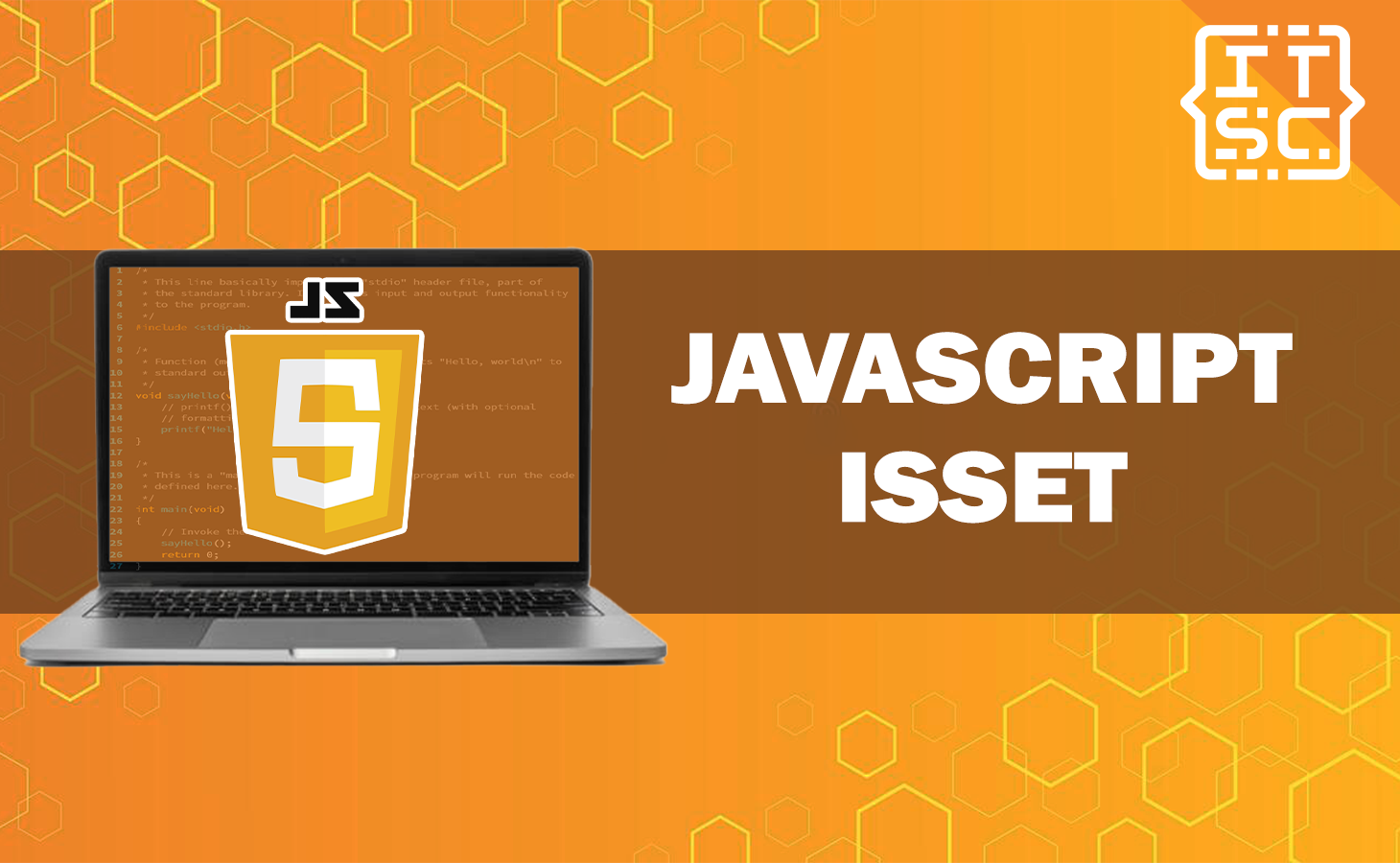JavaScript lacks a direct equivalent of the isset function present in languages such as PHP, however, developers can use a variety of approaches to ascertain whether or not a variable is defined.
This article delves into these strategies, demonstrating how each approach mimics the functionality of isset and discusses recommended practices for properly harnessing their potential.
Understanding these approaches, whether you’re a seasoned developer or just starting out, will enable you to design more robust and error-resistant JavaScript code.
What is Isset in JavaScript?
There is no direct equivalent of the isset function in JavaScript, as there is in several other programming languages such as PHP.
However, the concept of determining whether or not a variable is defined may be accomplished in JavaScript using a variety of approaches.
Here are similar functionalities using different approaches to achieve isset function:
- Conditional Statements with typeof and !==:
- Nullish Coalescing Operator (??)
- Default Value with Ternary Operator
- Truthiness Check
- Using Optional Chaining (?.)
- Custom isset Function
How to use javascript isset?
Here’s how you can use the different approaches to mimic the behavior of isset in JavaScript:
Conditional Statements with typeof and !==
This approach combines the typeof operator with the strict inequality (!==) check to determine if a variable is both defined and not null.
The typeof operator returns a string representing the data type of the operand.
By comparing it to ‘undefined’, we ensure that the variable is defined. Then, by additionally checking myVariable !== null, we confirm that the variable is not null.
For example:
var myVariable;
if (typeof myVariable !== 'undefined' && myVariable !== null) {
console.log("myVariable is defined and not null");
} else {
console.log("myVariable is either undefined or null");
}
Nullish Coalescing Operator (??)
The nullish coalescing operator (??) is used to provide a default value if a given expression evaluates to null or undefined.
In this approach, if myVariable is null or undefined, the expression myVariable ?? “Default Value” returns the default value (“Default Value”).
If myVariable has a value that is not null or undefined, it is returned as is.
For example:
var myVariable = null;
var result = myVariable ?? "Default Value";
console.log(result); // Output: Default Value
Default Value with Ternary Operator
This approach uses the ternary operator (condition ? trueValue : falseValue) to check if myVariable is both defined and not null.
If the condition is true (myVariable !== undefined && myVariable !== null), it returns the value of myVariable.
Otherwise, it returns a default value specified using the ternary operator.
For example:
var myVariable = null;
var defaultValue = "Default Value";
var result = myVariable !== undefined && myVariable !== null ? myVariable : defaultValue;
console.log(result); // Output: Default Value
Truthiness Check
In JavaScript, values are considered “truthy” if they are evaluated to true in a boolean context.
This approach relies on JavaScript’s truthy/falsy nature. If myVariable has a truthy value (not false, 0, “”, null, undefined, or NaN), the condition evaluates as true, indicating that the variable is defined and not null.
For example:
var myVariable = "Hello";
if (myVariable) {
console.log("myVariable is defined and truthy");
} else {
console.log("myVariable is falsy or null");
}
Using Optional Chaining (?.)
Optional chaining (?.) is a feature that allows you to safely access nested properties of an object without causing an error if any part of the chain is null or undefined.
In this approach, myObject?.property !== undefined checks if myObject is defined and if its property is defined.
For example:
var myObject = {
property: "Value"
};
if (myObject?.property !== undefined) {
console.log("myObject.property is defined");
} else {
console.log("myObject.property is either undefined or null");
}
Custom isset Function
This approach involves creating a custom function named isset that encapsulates the checks for variable definition and non-null value.
The function uses the typeof operator to check if the variable is defined and the strict inequality (!==) check to verify that it’s not null.
It returns true if both conditions are met, indicating that the variable is set.
For example:
function isset(variable) {
return typeof variable !== 'undefined' && variable !== null;
}
var myVariable;
if (isset(myVariable)) {
console.log("myVariable is defined and not null");
} else {
console.log("myVariable is either undefined or null");
}
The Best Ways to Use JavaScript Isset
Follow these best practices to realize the full power of JavaScript isset:
Variables should be initialized.
Always initialize variables before checking their existence using isset. This method reduces ambiguity and streamlines your codebase.
Use Default Settings
Consider setting a default value to variables that are not set. This eliminates potential mistakes and guarantees that your code continues to perform properly.
Isset Checks nested
Use nested isset checks to validate many variables before proceeding with sophisticated operations in complex settings.
Error Correction
Incorporate adequate error-handling methods to handle scenarios where variables are not set gracefully. This improves the user experience and makes debugging easier.
Nevertheless, here are other functions you can learn to enhance your JavaScript skills.
- What is Javascript Array Group by? How To Do It?
- How To Reduce Unused JavaScript?
- Math.trunc JavaScript | Syntax, Parameter, Return Value & Usage
Conclusion
The lack of a built-in isset function in JavaScript does not prevent developers from successfully checking the existence and definition of variables. We’ve examined a variety of ways by using the language’s adaptability, each presenting a distinct approach to achieving the desired result.
JavaScript provides an array of methods for protecting your code against undefined variables, ranging from conditional statements and operators like the nullish coalescing operator to custom functions and optional chaining.
By adhering to the best practices indicated, you can confidently navigate the evolving terrain of JavaScript, ensuring your applications are both durable and user-friendly.
With this understanding, you are well-equipped to use these strategies in your projects, improving your coding skills and contributing to the construction of new ones.

